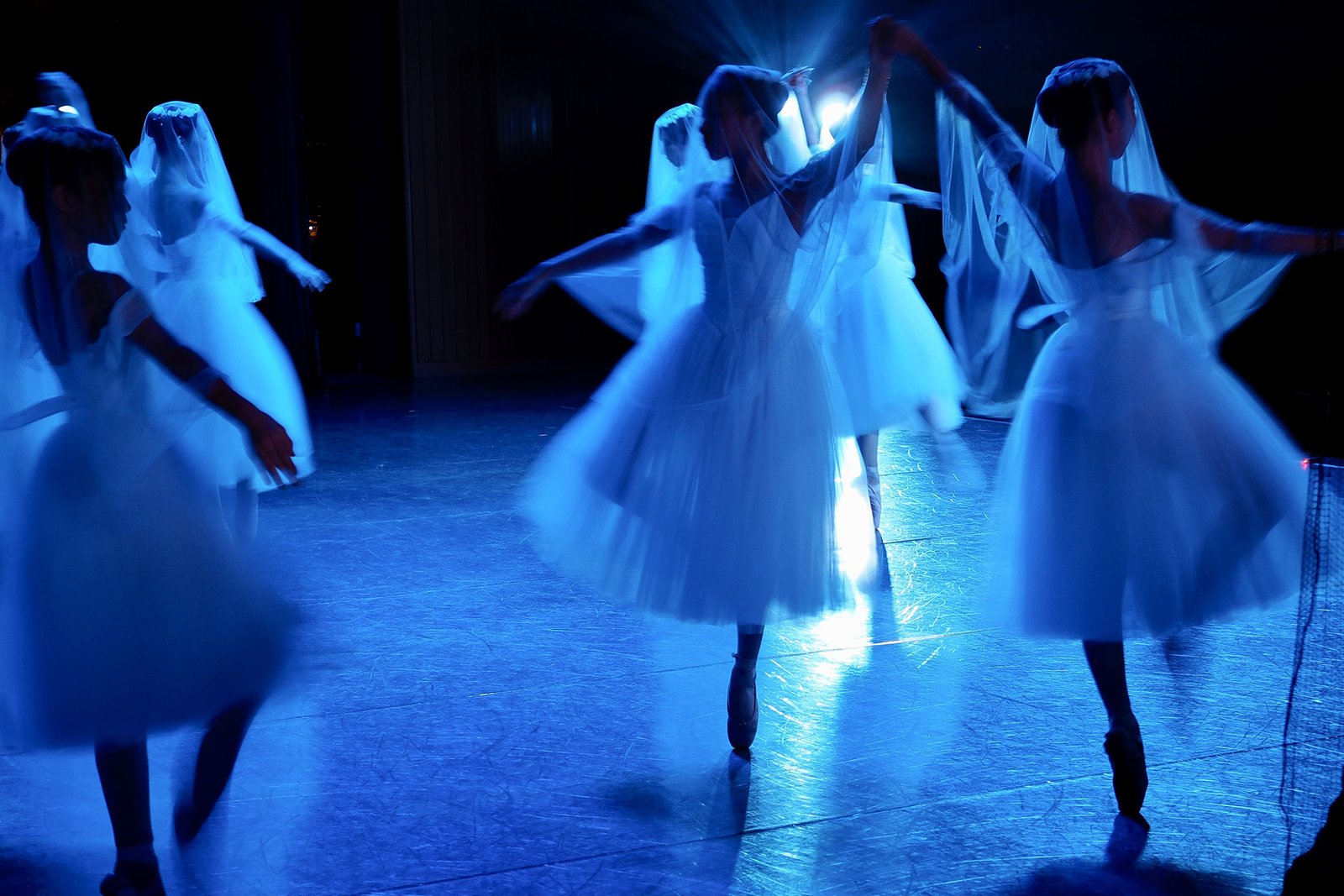sensor suits
Introduction sensor suits : Ballet, an art form that combines precise movements and expressive storytelling, has captivated audiences for centuries. However, recent studies have taken ballet to new heights by investigating the use of sensor suits worn by dancers, which enable the analysis and understanding of dance as a unique method of communication. This article delves into the emerging field of dance research, exploring the advancements in technology and the potential implications of using sensor suits to decipher the language of ballet.
Technological Advancements: Sensor suits, equipped with motion-capture sensors, have revolutionized the way ballet performances are studied and analyzed. These suits, worn by ballet dancers, capture intricate details of their movements, including positions, angles, and the flow of energy throughout the body. The data obtained from the suits is then processed, allowing researchers to gain insights into the dancers’ techniques, emotions, and intentions.
Understanding the Language of Ballet: Ballet is often referred to as a silent art form, where dancers use their bodies to convey meaning and emotion without uttering a single word. By studying the movements and gestures of ballet dancers wearing sensor suits, researchers can begin to decipher the language of ballet more comprehensively. This understanding has the potential to deepen our appreciation for the art form and enhance communication across cultural barriers.
Emotional Expression: One significant aspect of ballet is its ability to convey emotions without verbal communication. The use of sensor suits enables researchers to detect subtle changes in body language, such as the positioning of limbs, facial expressions, and the intensity of movements. Through this analysis, researchers can explore how different choreographic choices and performance styles evoke specific emotional responses in both the dancers and the audience.
Technique and Precision: Ballet dancers spend years perfecting their technique and mastering the precise execution of movements. Sensor suits provide a detailed analysis of body alignment, muscle engagement, and weight distribution, offering valuable insights into the technical aspects of ballet. This information can be used to refine training methods, prevent injuries, and improve overall performance quality.
Collaboration between Art and Science: The intersection of ballet and technology through sensor suits fosters a unique collaboration between the worlds of art and science. Dancers, choreographers, and researchers can work together to explore new possibilities, push creative boundaries, and challenge traditional notions of dance. This interdisciplinary approach opens doors for innovation and artistic expression while offering scientific insights into human movement and communication.
The Future of Dance: The integration of sensor suits in ballet opens up new avenues for the future of dance as a method of communication. The data collected from these suits can be used to create interactive performances, virtual reality experiences, and even dance-based therapies. By understanding the intricacies of ballet through the lens of technology, we can continue to unlock its potential to connect and communicate with audiences in profound ways.
Conclusion: The use of sensor suits in ballet provides a unique opportunity to investigate and understand dance as a method of communication. By capturing and analyzing the intricate movements and expressions of ballet dancers, researchers can unravel the language of ballet, enhancing our appreciation for this art form and enabling new possibilities for artistic expression. As technology continues to advance, the future of dance holds great promise, bridging the gap between art and science while captivating audiences with the universal language of movement.

